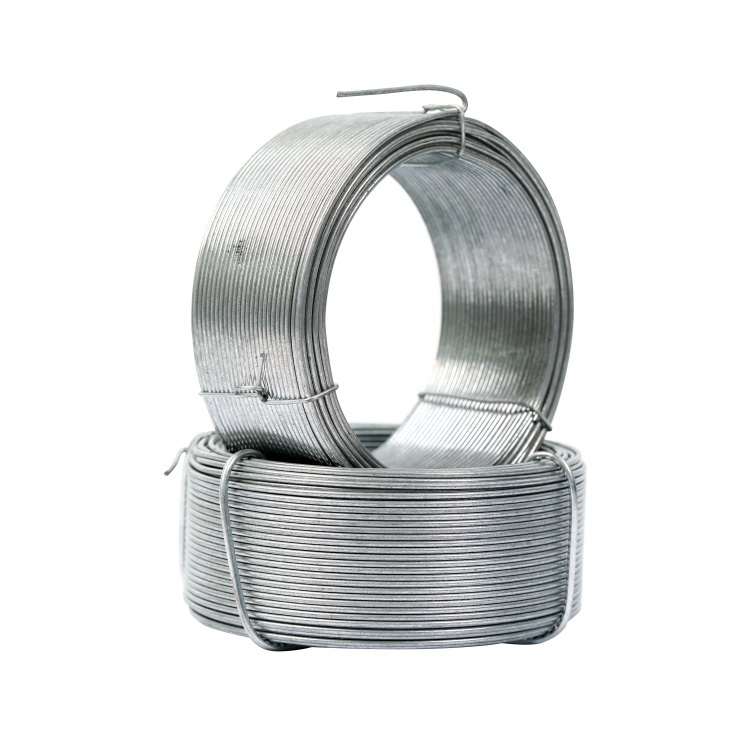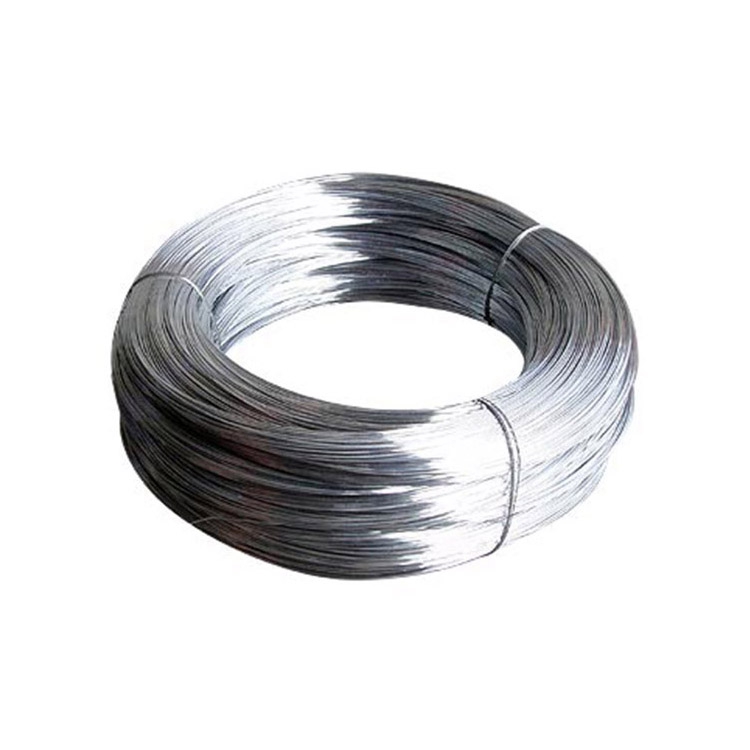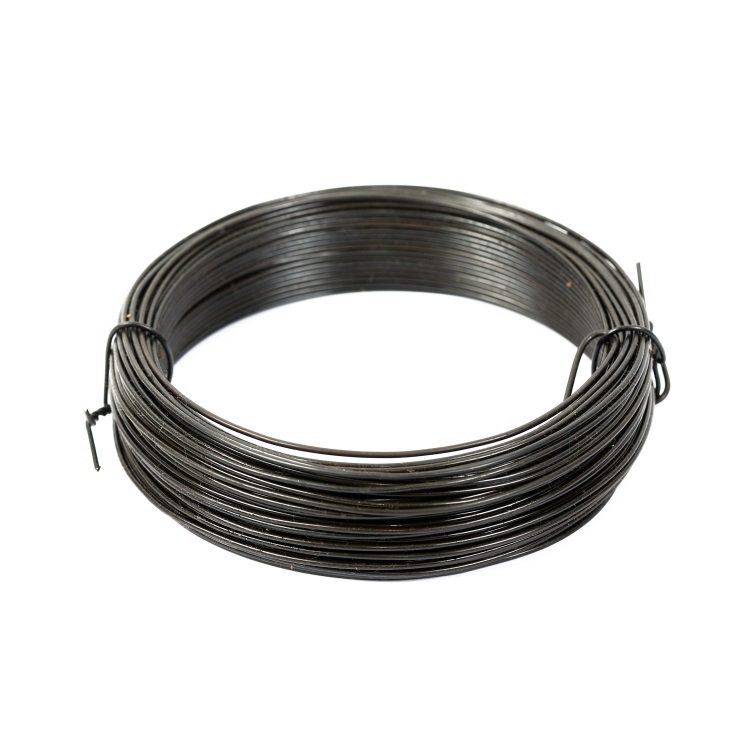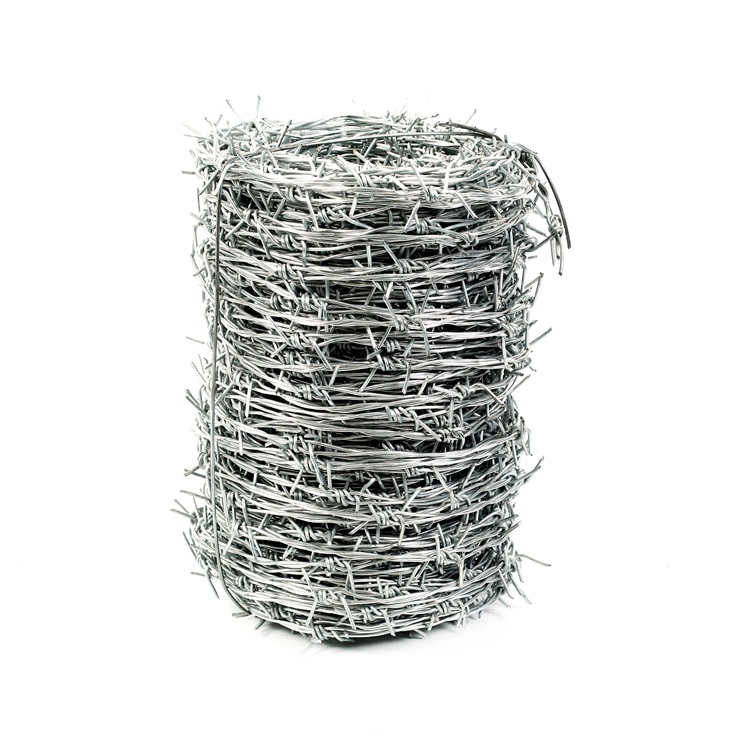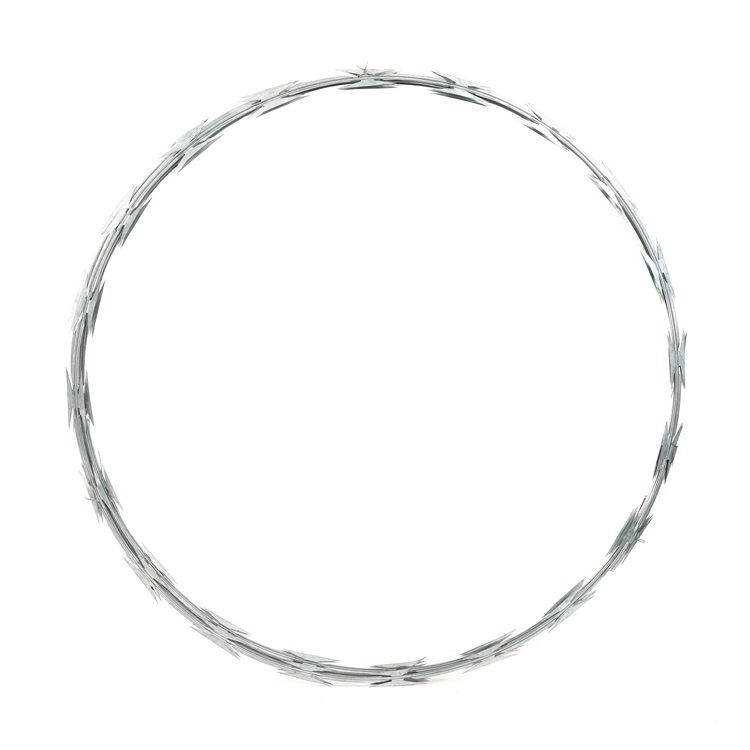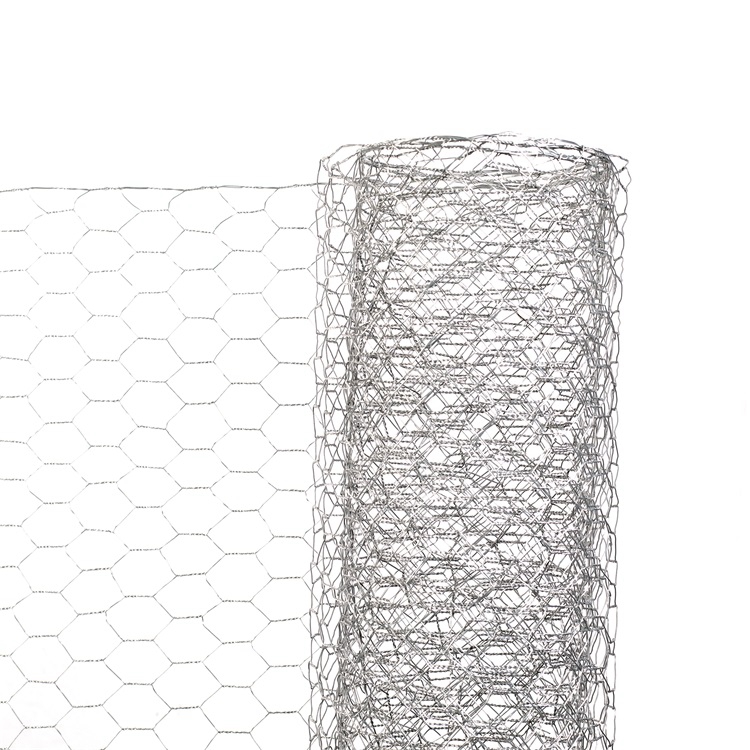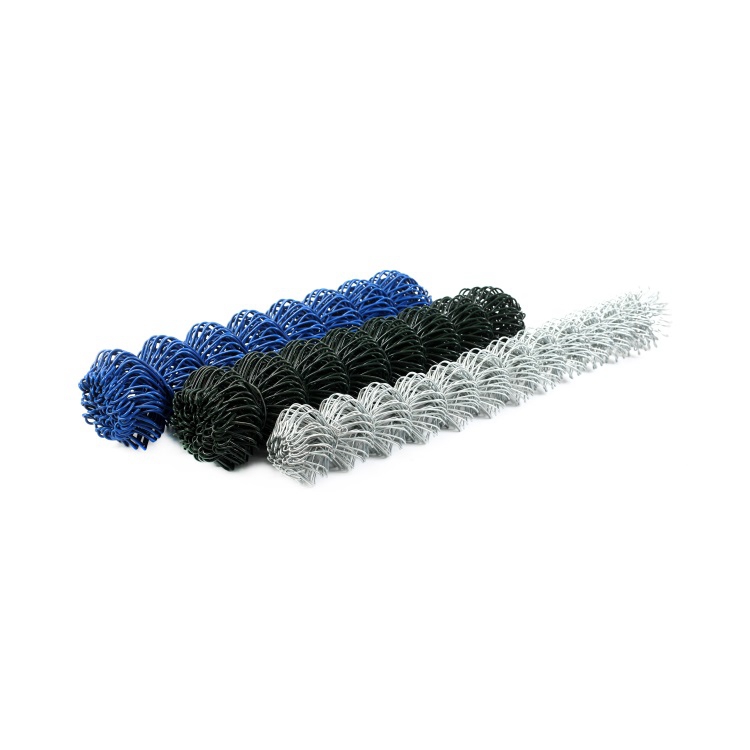High-Quality Galvanized Barbed Wire Fencing Solutions from a Leading Manufacturing Facility
The Importance of Galvanized Barbed Wire Fences and Their Manufacturing
When it comes to securing properties, livestock, and agricultural land, few solutions are as effective as galvanized barbed wire fences. These fences have become synonymous with durability and reliability, and their manufacture is a critical process that ensures high-quality products in the market. This article delves into the importance, features, and manufacturing aspects of galvanized barbed wire fences.
Understanding Galvanization
Galvanization is the process of applying a protective zinc coating to steel wire to prevent rusting and corrosion. This is particularly vital in fencing applications, as fences are often exposed to harsh weather conditions. The corrosion resistance provided by galvanization significantly extends the lifespan of barbed wire fences, making them a cost-effective choice for long-term use.
Benefits of Galvanized Barbed Wire Fences
1. Durability Galvanized barbed wire is designed to withstand extreme weather conditions, making it ideal for various terrains. It is resistant to rust and corrosion, which means it requires minimal maintenance over time.
2. Security The barbs present on the wire serve as an effective deterrent against intruders and predators. This makes galvanized barbed wire fences an excellent choice for securing agricultural land and properties.
3. Versatility These fences can be used in various applications, including residential properties, farms, and industrial sites. Their design can be customized according to specific needs, providing flexibility to the user.
4. Cost-Effectiveness Although the initial investment in galvanized barbed wire might be higher than other types of fencing, its longevity and low maintenance costs make it a more economical choice in the long run.
galvanized barbed wire fence factory
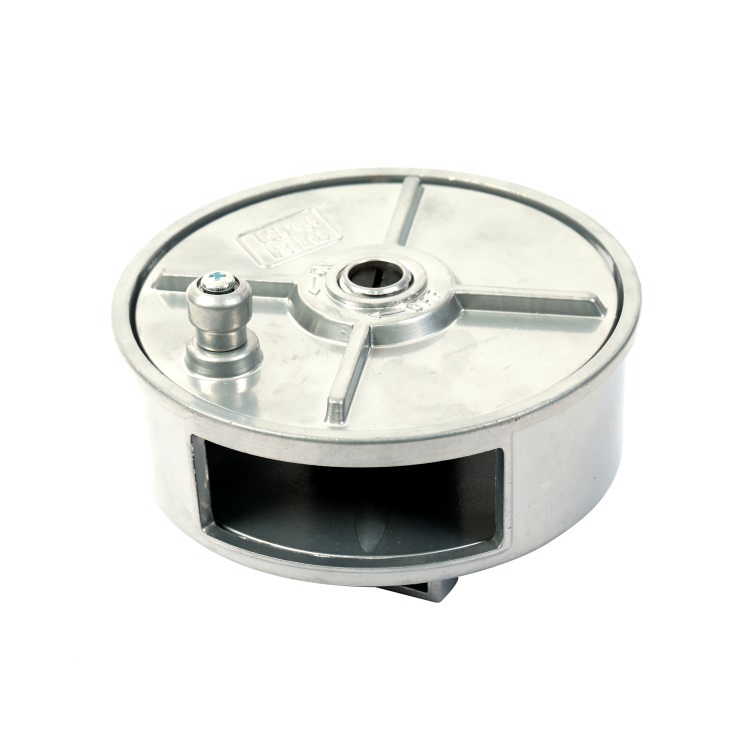
The Manufacturing Process
The manufacture of galvanized barbed wire fences typically involves several key steps
1. Wire Drawing The initial stage involves drawing steel wire through a series of dies to achieve the desired thickness. The quality and strength of the wire are crucial, as they directly impact the fence's durability.
2. Barbing Once the wire is drawn, the next step is adding barbs. This is usually done by twisting the wire at regular intervals to create sharp points that enhance the fence's security.
3. Galvanization The most critical step in the manufacturing process, galvanization, involves dipping the wire in molten zinc. This coating protects the wire from rust and corrosion, significantly extending its life.
4. Spooling After galvanization, the wire is cooled and then spooled for easy transportation and installation. This step ensures that the wire remains tangle-free and ready for use when it reaches the customer.
5. Quality Control Finally, stringent quality control measures are implemented. Each batch of wire is tested for its tensile strength, coating thickness, and overall durability to ensure it meets industry standards.
Conclusion
As the importance of securing properties continues to grow, so too does the value placed on high-quality fencing solutions. Galvanized barbed wire fences offer a robust, cost-effective solution that combines durability with security. The meticulous manufacturing process that each roll of wire undergoes ensures that customers receive a product that is not only reliable but also designed to withstand the test of time. Investing in reputable galvanized barbed wire fencing can ultimately protect assets, reduce liability, and provide peace of mind in an unpredictable world.
-
The Durability and Versatility of Steel Wire
NewsJun.26,2025
-
The Best Iron Nails for Your Construction Projects
NewsJun.26,2025
-
Strengthen Your Projects with Durable Metal Stakes
NewsJun.26,2025
-
Get the Job Done Right with Duplex Nails
NewsJun.26,2025
-
Explore the Versatility and Strength of Metal Mesh
NewsJun.26,2025
-
Enhance Your Security with Razor Wire
NewsJun.26,2025







